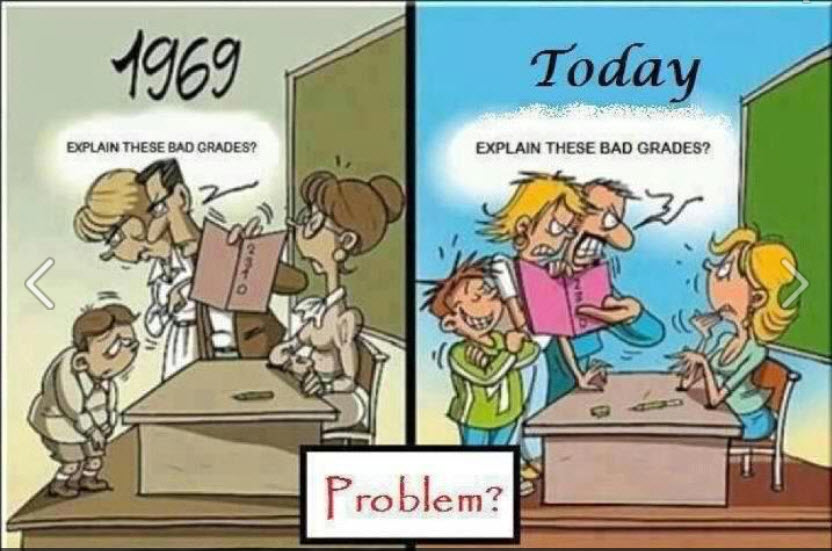


There are three levels for the 54 network laboratories: “We also give guidance and help to ensure best practices for emergency response programs.” The ERB in DLS helms the Laboratory Response Network Chemical Section (LRN-C), which supports local government chemical emergency response capabilities. ( See callout box for additional information.) “The SME work I’m doing is specifically for capability twelve, the lab capability, that includes public health threat testing, like cyanide,” Amy explains. PHEP supports Public Health Preparedness Capabilities: National Standards for State and Local Planning.

“We have one in every state, three major cities, and Puerto Rico.”Īmy is also the laboratory subject matter expert (SME) for the Public Health Emergency Preparedness (PHEP) Cooperative Agreement. She helps coordinate the related operations of 54 network laboratories, located all across the country. Amy is the program coordinator for the Laboratory Response Network Chemical section. Photos courtesy of Malaika Hilliard, DLS Current workĮRB develops and performs unique laboratory tests to assess chemical exposure during a public health emergency or presumed terrorist event. Amy and Tonya are prepping the supply cases for an upcoming response exercise with CDC’s Chemical Emergency Response Team (CERT). Since her return to DLS in 2014, she has worked in its Emergency Response Branch (ERB). She then went to CDC’s Center for Global Health, and worked in the International Lab Branch there for four years. She started working for CDC right out of graduate school in2008, as a contractor in the laboratory of the Clinical Chemistry Branch, Division of Laboratory Sciences (DLS) for two years. I became more interested in having an impact in public health, and that was how I fell into the interest with CDC.”
Copter mommy how to#
“Even though I wasn’t sure how to apply working at CDC to a chemistry background … a public health/chemistry background-that was always what I wanted. in chemistry, specifically choosing those universities because she knew early on that she wanted to work at CDC. She went to Georgia State University for her master’s and Ph.D. BackgroundĪmy majored in chemistry and went to North Carolina Agricultural and Technical State University, a historically black college in Greensboro, North Carolina. “There’s a gas that emits when you ferment wine, so he taught me to put a balloon over the bottle that would inflate when the fermentation process was complete.”Īmy described her father as a “helicopter parent,” always hovering, but lovingly, especially over her education. He showed Amy a unique way to know when fermenting was done. Her father’s hobby was making scuppernong grape wine to give as gifts, and one of Amy’s favorite stories about him is “when he did my 6th grade science project: distilling homemade wine. Her father, a science teacher who was very involved in her education, instilled in Amy a lifelong love of science. An early love of scienceīoth of Amy’s parents were teachers. Amy Watson works in the Emergency Response Branch of the Division of Laboratory Sciences, National Center for Environmental Health at CDC.


 0 kommentar(er)
0 kommentar(er)
